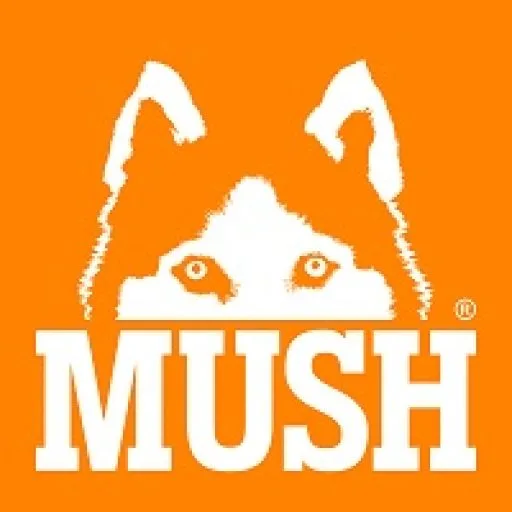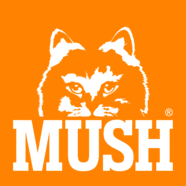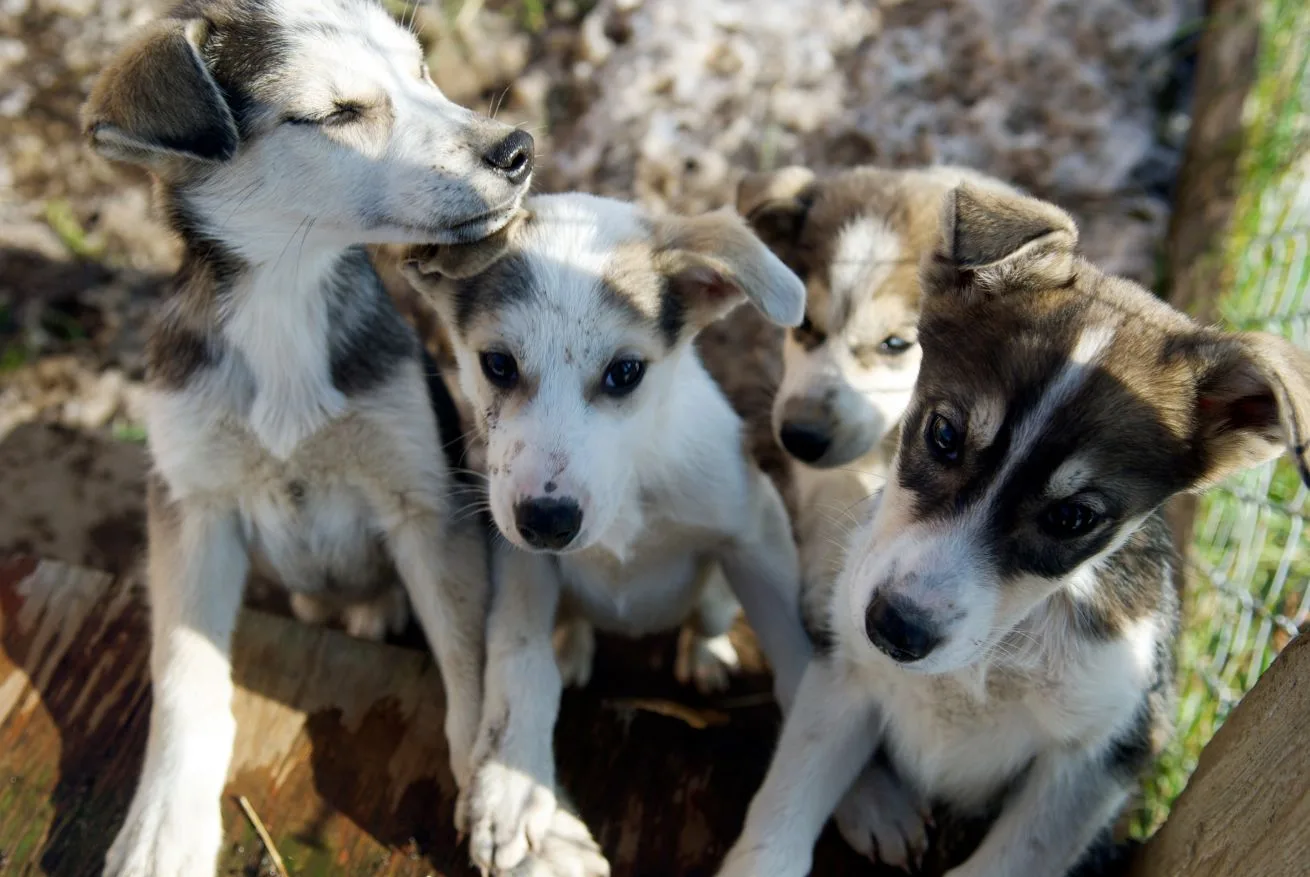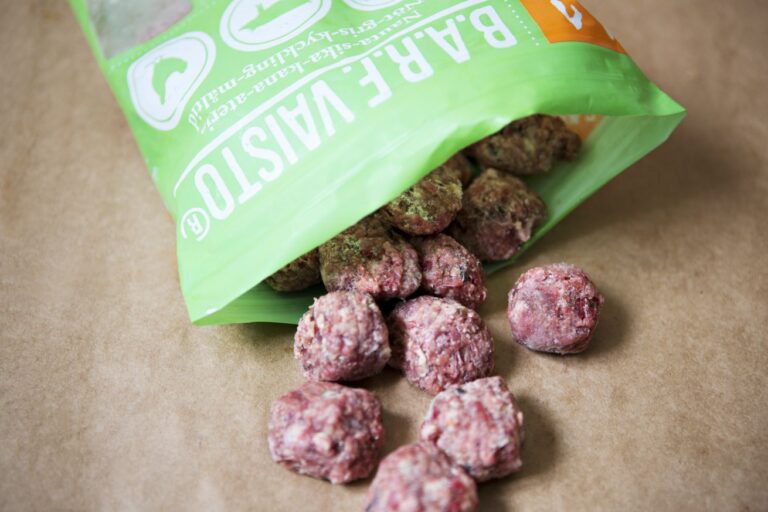RAW FEEDING A PUPPY
I often hear the question if raw feeding is possible or even safe for puppies if the breeder has not fed any raw food to them after the weaning. For me the answer is clear – of course it is possible and safe – but I understand why this question is so frequently asked.
Dog owners are often taught that the feeding of the dog is complicated, and one must know a great deal of the feeding method and count nutrients etc. This is correct if the goal is to create a new complete nutrition for the dogs, but I must disagree if the intention is just to feed the puppy naturally. The reason for this is simple: if we aim to imitate the nature, we will not do any harm.
Those who have read my vitamin and mineral articles know that dogs fed by raw food seldom have deficiency of any kind if the main principles are followed carefully. And as you probably remember those principles are:
- Add at least meat from three different animals
- Focus on meaty bones
- Add the rest of the ingredients as meat and fish
- Add organs at least once a week, especially liver.
Feeding a puppy includes all the same principles as feeding an adult dog but some of the principles are even more important:
- Meat and bones from three different animals is a minimum variation because it helps the puppy to grow and to feel good. The variety can be even larger but three is already sufficient. And this does not mean a puppy needs three different animals per day – approximately three per week is enough.
- The purpose of the bones in the puppy’s diet is important. You could say that the bones built up bones, and that’s why it’s vital to make sure the puppy gets enough bone material. Also remember the consistence of cartilages and bones is not the same, and therefore you should not try to replace bones with cartilages.
- Especially big, fast-growing breeds gain weight quite fast if you feed them with minced meat. Minced meat is important part of the nutrition but there are a lot of options: meaty fat, pig’s throat horns, beef stomach etc.
- Organs and especially liver are important sources of vitamins, and those should be given once or twice a week.
People also often wonder the what are the right meal sizes. It is difficult to define any exact percentage because the growth is individual and might occur in spurts. You can start feeding for example with 2 % of the estimated adult weight when the puppy is in the weaning age. The meal size can be larger if the puppy is weaned in the age of 7 weeks. If the amount feels too big, you can start with more moderate meal sizes.
No matter what the starting size is, keep following closely the weight of the puppy. The possible changes might come up in a few days. If the puppy is gaining weight, diminish the portion. If the puppy loses weight, give more food. Remember to keep the puppy skinny on the weight-growing period.
The third question usually concerns size of the bones offered to the puppy. The main rules are the same as with adult dog: start from the smaller ones and slowly proceed to the bigger bones. You can also start with minced mass of chicken wings or turkey bones.






